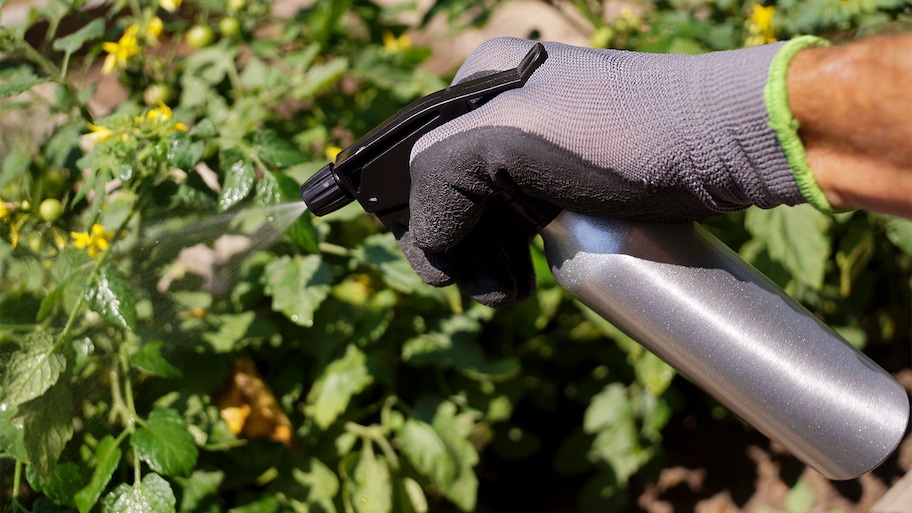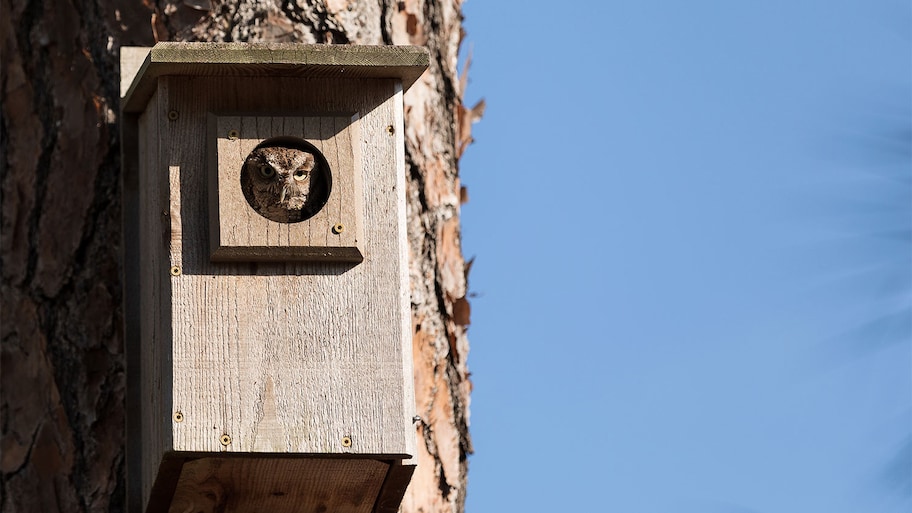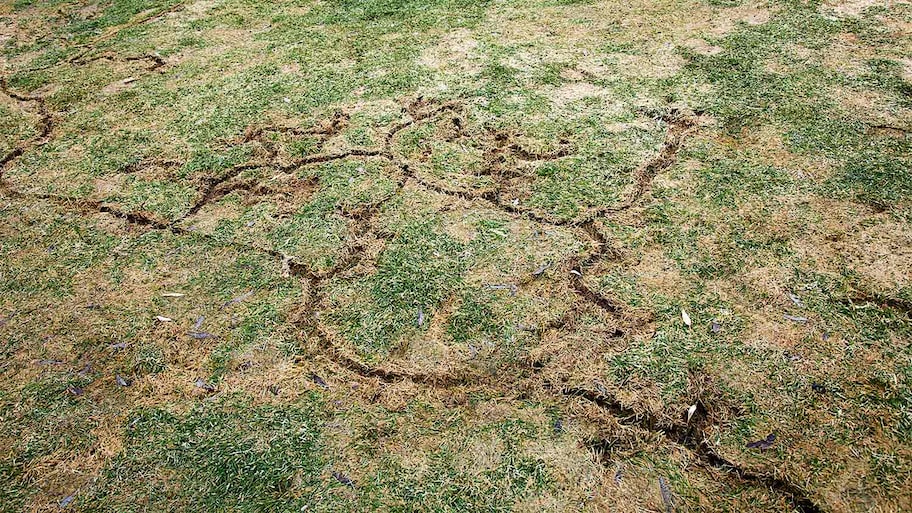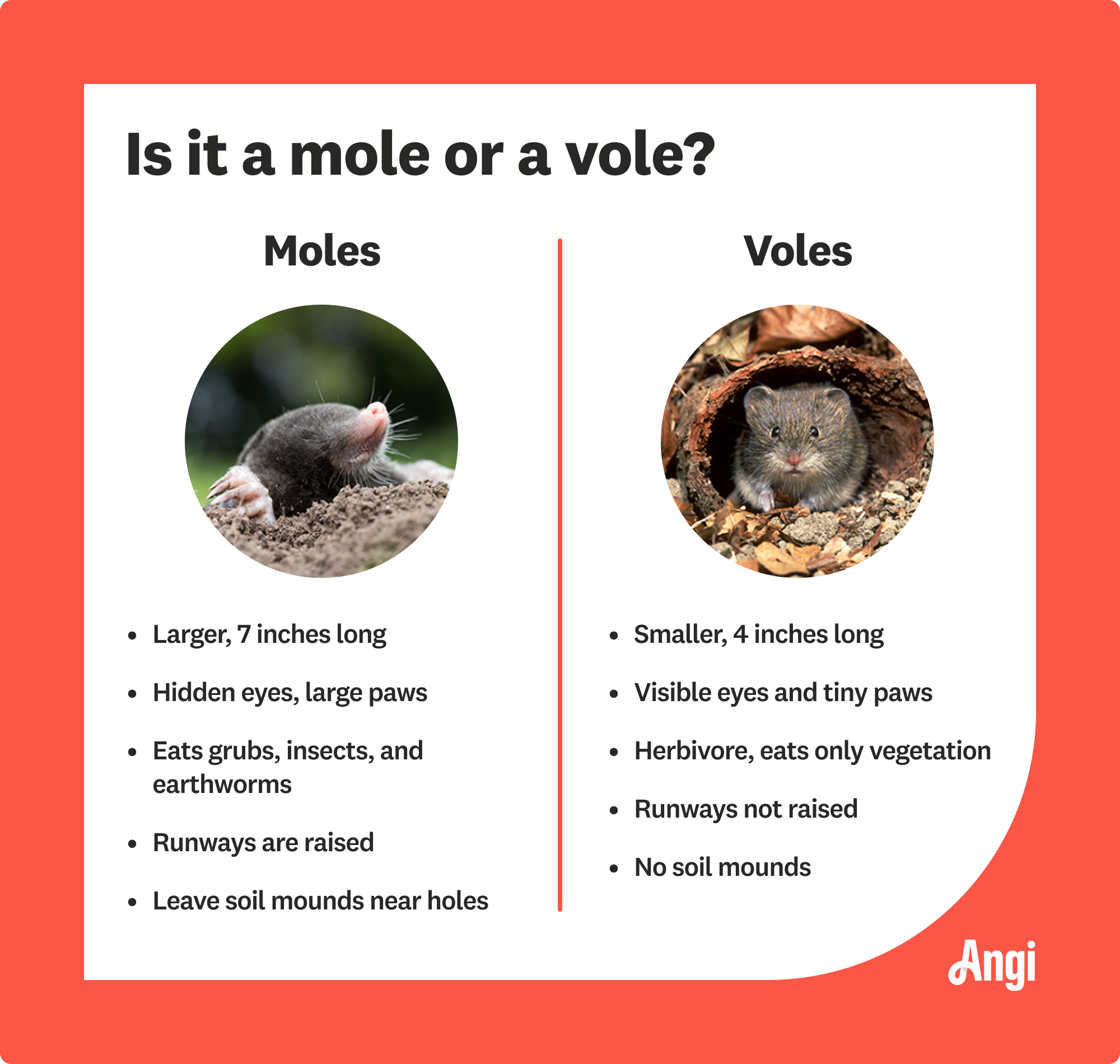How to Get Rid of Voles in 7 Simple Ways
Voila! No more voles.


Few things frustrate a gardener more than finding their beloved plants destroyed by a garden pest. One common culprit is a small rodent called a vole. They’re small, gray, cute, and often mistaken for mice. But don’t let their size fool you—they can do a lot of damage in a short amount of time. That includes burrowing holes in your lawn, gnawing the bark of your trees, eating prized plants, and damaging roots. Here’s how to get rid of voles and protect your precious perennials using a few simple and humane methods.
1. Catch and Release
When it comes to how to get rid of voles, likely the fastest way is using a humane trap. These traps don’t kill voles, but are designed for you to catch and release. Be mindful of any children or pets in your yard that may be attracted to the bait or the steel traps.
Check local ordinances on relocating voles.
Purchase a live vole trap.
Place the traps perpendicular to nesting sites near the base of trees or large shrubs and near the widest vole runway in your yard.
Bait the traps with small nuts, sunflowers, peanut butter, apples, bread and butter, oatmeal mixed with peanut butter, cherry pits, or gumdrops.
The best time to set bait is the early evening, as voles are active then.
Once you catch a vole or voles, relocate them away from any residential areas and at least a half of a mile away from your home.
Reset traps as necessary.
2. Castor Oil and Capsaicin

There are a variety of ways you can try to repel voles so that they are not attracted to your garden plants or vegetable beds. Both castor oil and capsaicin, an oil from hot peppers, can be sprayed directly onto plants to leave an unpleasant smell and taste that will help to ward off voles.
Purchase castor oil at the pharmacy or grocery store and capsaicin at a garden supply center.
Wear gloves and a mask. For capsaicin, you’ll want safety goggles.
In the early evening, spray the substance directly onto a single leaf of whatever plant you plan to spray to be sure it won’t damage it. Never spray in the midday heat.
The next evening, assuming there is no damage, spray liberally on plant leaves and at the base of shrubs and trees.
Reapply after heavy rain or according to the label’s direction.
3. Fox or Coyote Urine
Both foxes and coyotes are natural predators of the vole, so the smell of their urine can signal to voles that they are in danger. This can cause them to relocate on their own.
Purchase fox or coyote urine at a local garden center or online.
Follow instructions for application, but typically you’ll use a spray bottle and sprinkle it at the base of trees, shrubs, and near the vole runways.
4. Use Homemade Irritants
There are several other ingredients to try to get rid of voles that can be mixed in a spray bottle with a few drops of dish soap and water. It’s best to use protective gloves and eyewear when mixing and spraying these solutions.
A garlic clove
One onion
3-4 chopped hot peppers
2-3 tablespoons of cayenne powder
1-2 ounces of ammonia
2-3 tablespoons of peppermint oil
2-3 tablespoons of cedar oil
Follow these steps if you plan on using homemade irritants to get rid of voles in your yard:
Spray the solution on the voles’ runways, holes, near any nests, and at the base of trees.
Reapply two to three times per week—but more if it rains.
5. Attract Predators

In addition to coyotes and foxes, other animals prey on or will scare off voles, such as snakes, hawks, and owls.
Attract owls, which prey on rodents like voles, to your yard by mounting owl nest boxes in your trees.
If you have an outdoor cat, make sure they’re out in the evening when voles are most active.
Dogs can scare voles, so let your pup bark and chase to try to encourage the voles to move on.
6. Cut Off Food Sources
Voles love to feast on bulbs, vegetables, and tree bark. If you can protect these from voles, you limit their food source and encourage them to leave.
Protect bulbs by adding “turkey grit” or pea gravel to the planting hole, both at the base before planting the bulb and on top of the soil. Bulbs can come up through these smaller rocks, but they are unpleasant for tiny vole mouths to chew through.
Wrap trees with a tree guard, a light colored mesh cloth, to keep voles from chewing on bark. Bury the base of the guard in soil to keep it in place. If you live where there’s snow, make sure the mesh goes above the snow line.
Protect plants, vegetables, roots, and bulbs by installing 1/4-inch wire mesh around the perimeter of your garden or each individual bed. This method is also a good way to prevent rabbits from getting into the garden. However, voles don’t like to climb or jump, so it should be about a foot high. They do dig, so make sure the fencing goes a foot down under the soil.
7. Call Pest Control
If all other methods fail, and you have a severe vole problem on your hands, you should talk to a local pest control specialist. Some homeowners choose to use rodent poison to manage vole populations, but most of these are restricted for use only by a professional.
How to Tell If You Have Voles in Your Yard

Voles are small and reclusive, so it’s not surprising if you’ve never actually seen a vole in your yard. It’s more likely you’ve seen the tell-tale signs, like a maze of shallow, 2-inch-wide tunnels snaking around the yard. Other signs include partially eaten root vegetables unearthed from your garden and dead plants that are missing their roots. You might also see chewed bark near the base of trees. Because voles tunnel through the root systems of trees, they can cause younger trees and shrubs or newer plantings to lean or even fall over.
What Attracts Voles?
The common vole, also known as the meadow mouse, is a member of the rodent family. There are over 100 vole species, all measuring between 4 to 8 inches, including the tail, and weighing just around two ounces. Voles have voracious appetites and can eat their weight in food in a day. Their natural habitats are meadowlands and forests, but many live in agricultural fields and residential gardens.
Lush gardens with plenty of grasses, roots, vegetables, and birdseed are a vole’s banquet. And even small creatures can do major damage to your garden, feasting on your favorite bulbs and destroying the root systems of newly planted shrubs.
How to Prevent Voles in Your Yard
Try to discourage voles from hanging around your property by reducing the spaces where voles prefer to nest.
Cut back shrubs and bushes.
Keep up with regular lawn care maintenance, including not letting the grass grow too long.
Weed your garden beds.
Keep tall grasses tidy.
Clean up leaf piles.
Keep wood stacks neat and organize piles of sticks or wood.
Don’t over-mulch, especially near the base of trees.
Remove snow from the base of trees (in the spring).
Voles like to eat seeds, nuts, and other vegetation, so if you have a birdfeeder, you can:
Remove bird feeders or keep seeds cleaned up from the ground.
Don’t put out suet.
Moles vs. Voles

You may wonder—what’s the difference between moles and voles? Moles and voles can do similar damage to shrubs and bulbs, but one of the easiest ways to tell if you have a mole rather than a vole in your yard are the tunnels. Moles also have a network of tunnels and runways, but mole runways are raised and include small mounds of soil around the holes, frequently all over your lawn. Vole runways are nearer to the surface, aren’t raised, and vole holes do not leave behind any mounds.
How Much Does It Cost to Get Rid of Voles?
DIY methods for removing voles are the most budget-friendly way to eliminate them. Humane rodent traps cost around $25 to $50, depending on their size, and bait like nuts can be found in your home pantry. Deterrent sprays like coyote or fox urine cost around $20 a bottle. The cost for professional vole extermination can be significantly more, at about $250. A more serious vole infestation could run as high as $600, but it may be the best option if the population is abundant. On a positive note, vole removal costs are less than mole removal costs, which average around $400. Even though they are both underground burrowers, special permits are required for the removal of moles vs. voles, and moles are more elusive.
DIY vs. Hiring a Pro
The majority of the DIY methods for removing or reducing vole populations in your yard are easy, safe, and inexpensive enough to handle on your own. If you handle your vole problem yourself, you will save about $250. However, if your vole population is out of control or you don’t have the time to DIY, it’s best to contact a local rodent control professional.
Frequently Asked Questions
Voles are cathemeral animals. This means they are active at any time of the day or night. However, they tend to be most active at dawn and dusk when there is less of a threat from predators or humans. Voles aren’t hibernating creatures either—you can see them year-round. They are especially visible in the spring and summer when food sources are plentiful, and the weather is warm.
Voles are attracted to areas with lots of vegetation that they can hide in. Since they eat mostly grasses, tubers, and bulbs, a robust garden can attract voles that wouldn’t have looked twice at a barren rock garden. Voles also like to hide out in dense ground cover, so that can attract them as well.
The best way to keep voles from tunneling in your yard is to keep grass trimmed and bushes cut back from the ground at least 5 inches. Cleaning up yard debris, wood chip piles, and brush piles can also help keep voles at bay. If you notice vole activity, you can also remove bird feeders since these are a ready source of food for the tunneling rodents.
